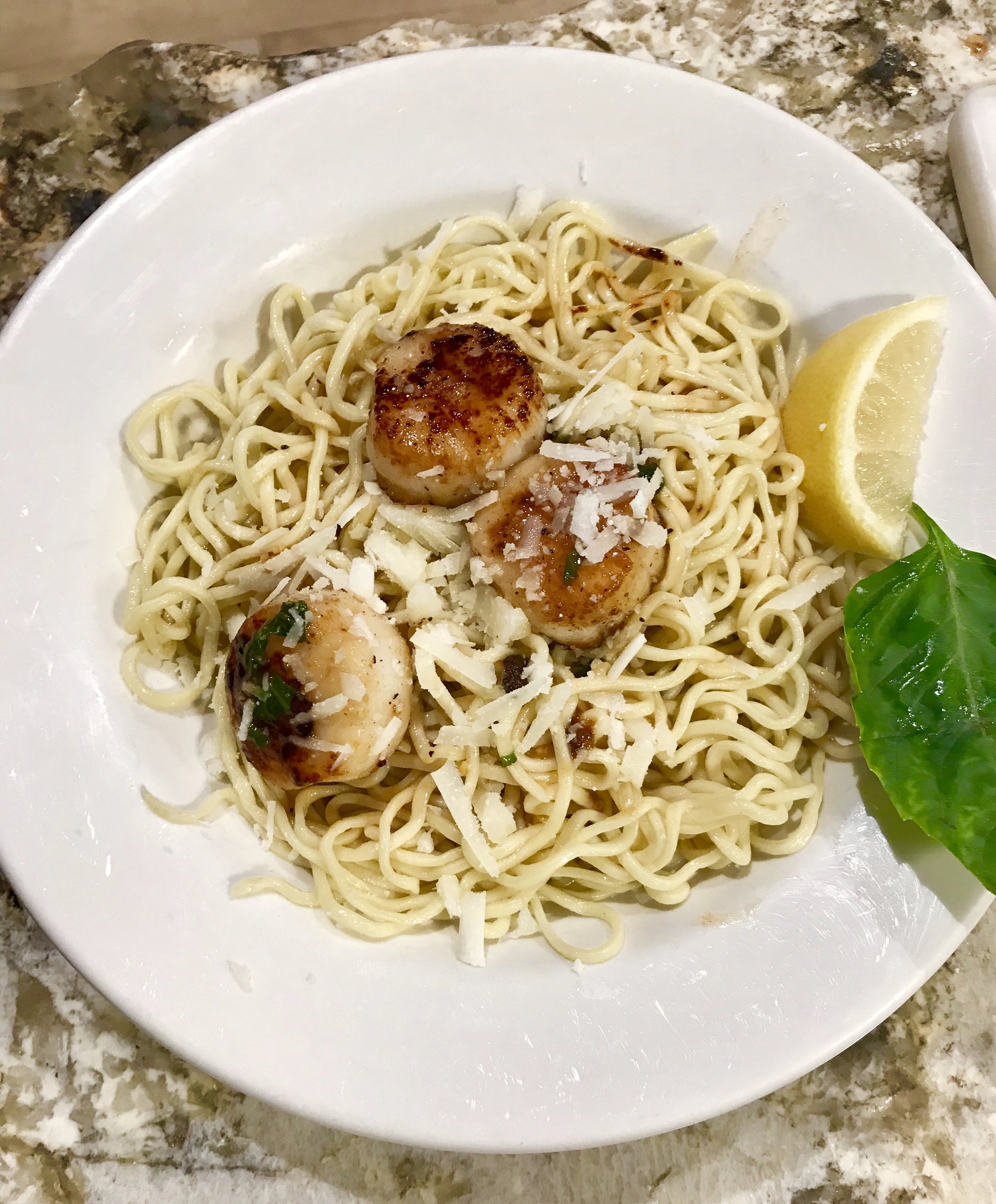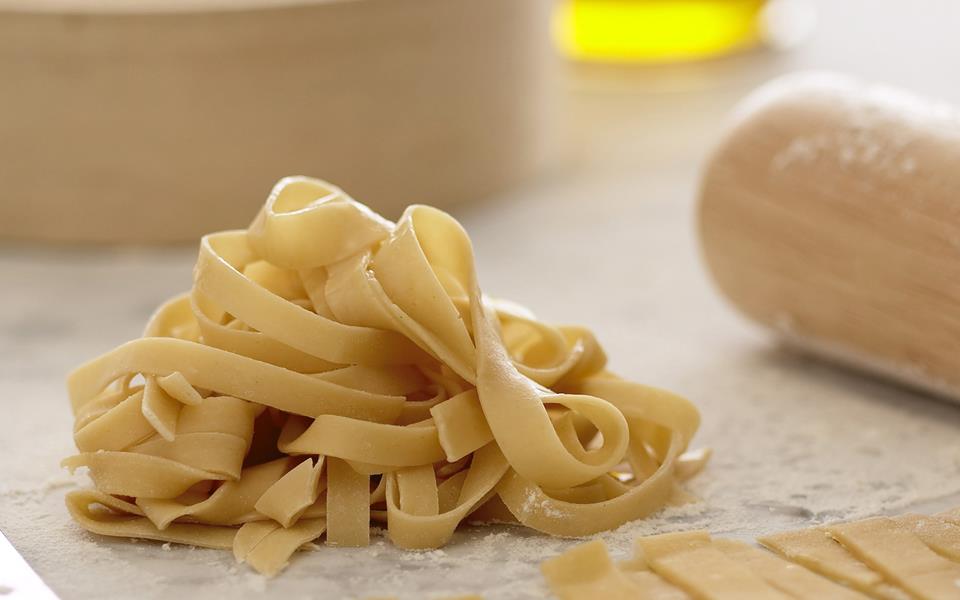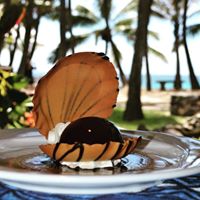 You will love this easy pasta recipe! We have been making it for a few years now and it is rare when we purchase the packaged noodles at the local store. Here are the step by step instructions for you to impress your guests with at your next dinner party. You will need a pasta maker ... but years ago I remember making pasta and hanging it on wax paper lined hangers to dry by hand. Improvise! Most of all, enjoy the process of knowing you are making food with fresh ingredients for you, your family, and your friends!
You will love this easy pasta recipe! We have been making it for a few years now and it is rare when we purchase the packaged noodles at the local store. Here are the step by step instructions for you to impress your guests with at your next dinner party. You will need a pasta maker ... but years ago I remember making pasta and hanging it on wax paper lined hangers to dry by hand. Improvise! Most of all, enjoy the process of knowing you are making food with fresh ingredients for you, your family, and your friends!
Fresh Pasta Dough

Fresh pasta dough is so easy to make, you'll wonder why you never did it before. If you can find Italian "00" flour, use it to make a very delicate, yet chewy pasta. If not, all-purpose flour works really well.
- 2 1/2 cups all-purpose flour or "00" flour, plus more for dusting ((12 1/2 ounces))
- 1 teaspoon kosher salt
- 4 large eggs
- 1 tablespoon extra-virgin olive oil
-
To make dough: Place flour and salt in a large mixing bowl and whisk to combine make a "well" in the center of the flour mixture and add eggs and oil. Using your fingers, blend the eggs into the flour mixture, stirring the flour in from the sides of the well and working outwards. (We also use the kneading tool on our kitchen aid for this process to avoid messy hands.) When the pasta dough is thoroughly mixed, turn it out on a lightly floured work surface. Knead dough until it is smooth and flexible but not sticky, adding small amounts of flour as needed, about 5 minutes. Gather the dough into a ball and flatten into a disk. Cover with plastic wrap and allow to rest for at least 10 minutes or up to an hour at room temperature.
To roll dough: Secure a pasta machine to the edge of a long counter top. Using a bench scraper, cut the dough into thirds. Keep extra dough covered in plastic wrap while working with one piece. Flatten the piece of dough into a rough rectangle so that it will fit inside the width of the pasta machine. Place the rollers on the widest setting and roll the dough through the machine, catching it with one hand as you roll with the other. Take the dough and fold into thirds towards the center of the dough. Turn the dough so one open end faces the machine and roll it through on the widest setting again. Fold, turn, and roll once more on the widest setting. Continue rolling the pasta through the machine without folding, adjusting the rollers to the next smallest setting each time, until the desired thickness is reached. If the pasta sheet becomes too large to handle, use a bench scraper (or a large knife) to cut it into more manageable lengths and continue rolling.
Cut the sheets to desired shapes and sizes, toss with flour and set aside covered with a clean kitchen towel. The pasta can be cooked immediately or covered with plastic wrap and refrigerated for up to an hour before use.
To cook pasta: Heat a large pot of water over high heat until boiling. Add enough kosher salt to season the water like sea water. Add pasta and stir immediately to prevent the strands from sticking together. Boil until al dente, 2 to 3 minutes. Reserve about 1 cup pasta water and drain pasta through a colander.
Toss hot pasta with your choice of sauce, using the reserved pasta water to thin the mixture as needed. Garnish as desired and serve immediately.






 Hawaii is still the best place on Earth to enjoy poke. Why? Simply put, innovation forever respects purity. Perhaps because poke was born here, Hawaii chefs, even as they test the culinary boundaries of the dish, rarely stray far from tenets of the basic recipe – featuring the freshest raw fish, sea salt, seaweed and chopped inamona (kukui nut). Traditional poke is as easy to find in any popular Hawaii poke shop (and find it you must) as varieties that impress with their inventiveness. Some of our favorites include Makai Sushi on Kauai, Tanioka’s on Oahu and Umeke’s on the island of Hawaii. Build-your-own-bowls? They’re less appealing to Hawaii aficionados than heading to favorite shops for poke made with singular, closely guarded recipes.
Hawaii is still the best place on Earth to enjoy poke. Why? Simply put, innovation forever respects purity. Perhaps because poke was born here, Hawaii chefs, even as they test the culinary boundaries of the dish, rarely stray far from tenets of the basic recipe – featuring the freshest raw fish, sea salt, seaweed and chopped inamona (kukui nut). Traditional poke is as easy to find in any popular Hawaii poke shop (and find it you must) as varieties that impress with their inventiveness. Some of our favorites include Makai Sushi on Kauai, Tanioka’s on Oahu and Umeke’s on the island of Hawaii. Build-your-own-bowls? They’re less appealing to Hawaii aficionados than heading to favorite shops for poke made with singular, closely guarded recipes.